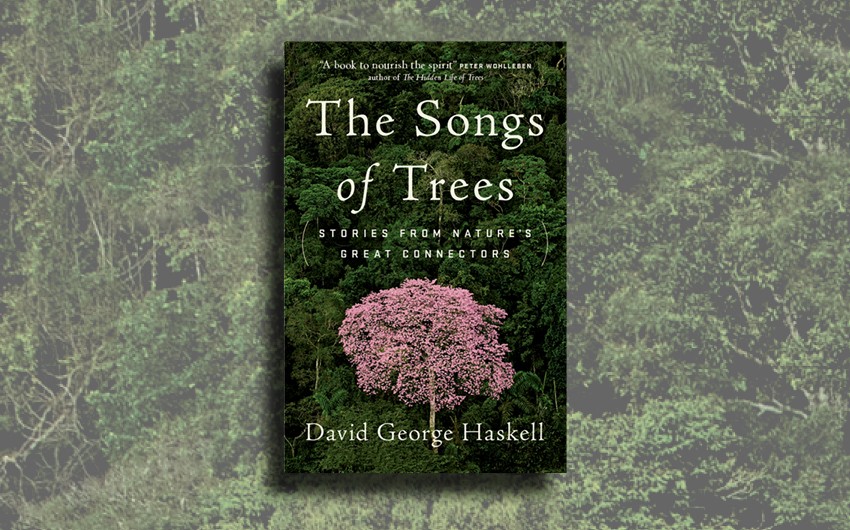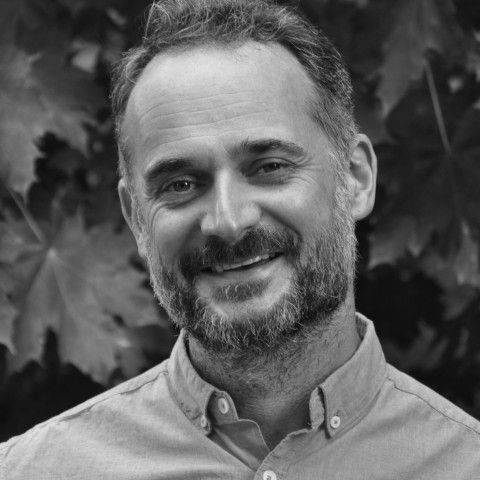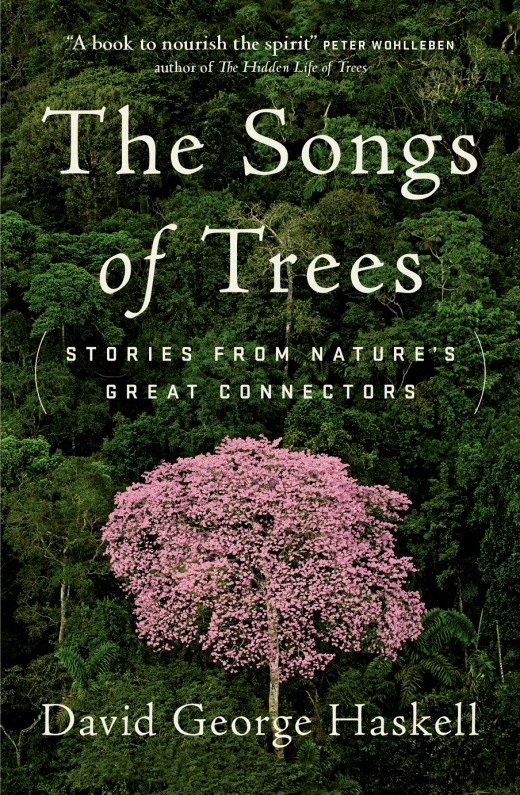News

News > Interview
Q & A with The Songs of Trees author, David George Haskell
David George Haskell talks to us about his latest book The Songs of Trees.
1) The Songs of Trees sounds so evocative, but what does it mean?
A tree’s song is partly made of sound, partly made of story. The acoustic part includes all the sounds in and around the tree, including the sounds of the people whose lives are connected to the tree. I also used sensitive microphones to hear ultrasonic sounds of drought and the slow heartbeat of water in twigs. Behind all these sounds are the stories of how trees live in relationship with people in forests, cities, conflict zones, and areas on the front lines of environmental change.
2) You talk about the song that 'dwells under the acoustic surface'. Can we laymen or laywomen hear this song? Is it a skill we need to learn?
Just as a human song has many layers of meaning and emotion, so too do tree songs. By listening repeatedly to individual trees – to sounds and the stories they reveal – we enter into a close relationship, like a cross-species friendship. From this we learn about the tree, but also about our own dependence on other species for a good life. This is available to everyone: just pick a tree and start to listen, then come back over weeks, months, and years and see how the friendship grows.
3) How did you decide on these 12 specific trees? Surely that was a difficult task!
I wandered until I found interesting botanical conversation partners. I let my ears and other senses guide me to trees that seemed to be interesting characters. Some of these are trees with obvious, dramatic personas – huge fallen ash logs in an old growth forest and giant trees in the rainforest – but others are decidedly modest: a cottonwood sapling next to a trash can, a pear tree on a city street, and a suburban sugar maple. A few trees are in locations that I chose because interesting stories converged at the tree: areas of human conflict, rapid industrial development, or dramatic climate change.
4) Fossilized trees can tell us about the past, but you argue they tell us about the future too. How?
Fossilized trees are pieces of Earth’s memory, washed up on the shore of the present-day world. They are reminders of the victims and survivors of past climate change. Some of them – especially those that we call coal – are at the center of contemporary debates. At a time when humans are rapidly changing our world, attention to the stories of these ancients can inform ethics and policy-making. How can we live responsibly within life’s community? What are the consequences of action and inaction?
5) In your words, we humans must cultivate 'an ethic of belonging' with the natural world. Can you explain how and why it's so important?
We’re blood kin to the rest of life: Darwin taught us this. We’re also neighbors and community members, inseparably bound by ecology to all other lifeforms. So we belong on this Earth. But we’ve developed ideas of separation, believing that we’re somehow fundamentally different from other species. Many ethical worldviews are based on this separation: humans have souls and ethics, they say, other creatures do not. I think a combination of science, sensory experience, and a sense of beauty provides another place to root our ethics, one that does not depend upon any special status for humans “above” the rest of life. This is important because the belief that we’re separate and special is one of the causes of the ecological crisis. The beliefs that created the crisis will not solve the crisis, so we need modes of thinking that see us as fully belonging on Earth.
The Songs of Trees is out now.
Share this post
About the author
David Haskell is a professor of biology and environmental studies at the University of the South and a Guggenheim Fellow. He is the author of the multi-award-winning books The Forest Unseen (2012) and The Songs of Trees (2020), which won the John Burroughs Medal for Distinguished Natural History Writing. Along with his scholarly research, Haskell has also published essays, op-eds and poetry.
Author photo by Katherine Lehman.
More about David George Haskell




